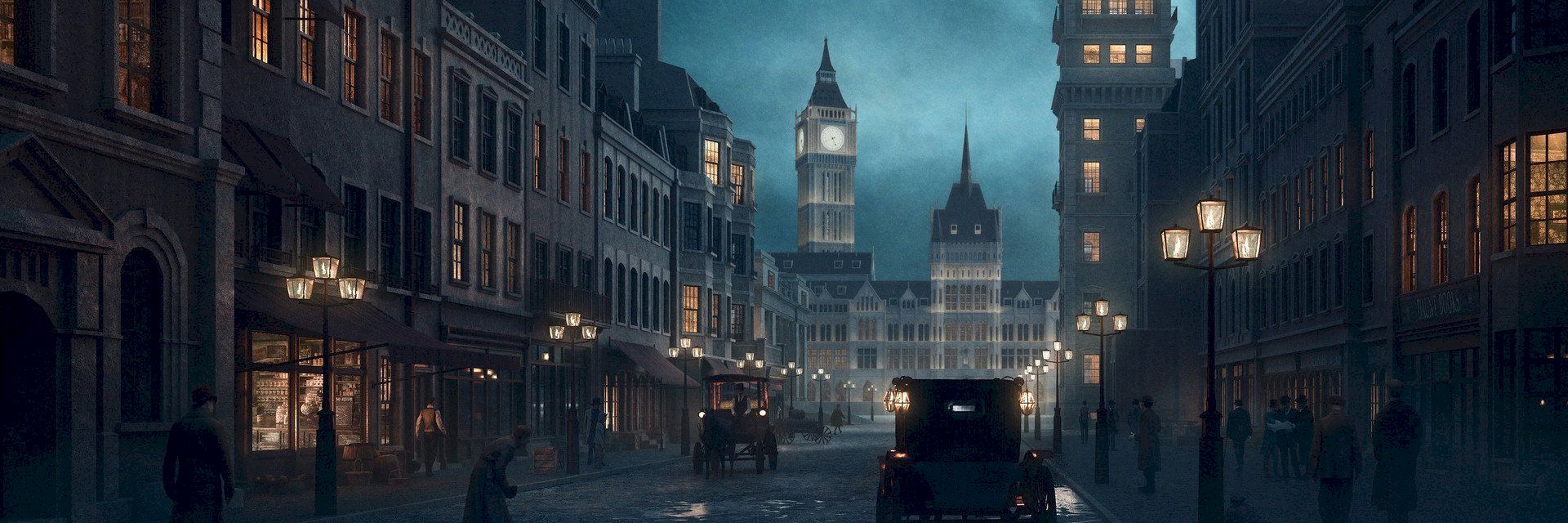Belgravia
Mayfair has traditionally been home to the houses of the wealthy, but that began to change after 1826, when Thomas Cubitt bought the nineteen acres of Five Fields. On this region, Cubitt began construction of the great houses and squares that are now residence to the aristocracy, the wealthy, the foreign diplomats of the area. Here you will find the grand Victoria Station, the terminus of the London and Brighton Railroad, as well as the Royal Mews, and The Pavilion, where the Princes Club meet. Many of the great addresses are here: Cadogan Place, Belgrave Place, and the grand Victoria Street.
Belgravia begins at Knightsbridge road, the south border of Hyde Park, and encompasses some of the most beautiful and stately gardens and architecture of the city. Along Knightsbridge, a massive street market goes up every morning before dawn, and breaks down by sunset; the discerning shopper can buy food – cooked by a vendor on the street, have their shoes repaired while they wait or knives sharpened, or purchase victuals for their house or cloth for their clothing.
Grand houses and expensive flats in the Parisian style line Sloane Street, which descends from Knightsbridge south to the river. Along Sloane, one finds the Educational Institute for Ladies, and farther south Trinity Church. Parallel to Sloane Street is Lowndes Square, with well tended gardens and houses running south to Cadogan Place, with it's wide street and fashionable park, and a short hop up Meteomb Street puts you in the Wilton Crescent and Belgravia Square region.
A marvel of elegance and an island of green peace in the city, Belgrave Square is surrounded by the homes of the wealthy and important. The atmosphere in the area is refined, the criminal element nonexistent through the constant vigilance of the Metropolitan Police that patrol the streets. Just south of Belgrave Square are Eaton and Chester Square, completing the grand series of parks and residences that make this area so restful to the eye and mind. South and east of Victoria Station, there are street after street of Italianate buildings Cubitt created to bound Eccelston and Warwick Squares.
Straight as an arrow for nearly a mile is Victoria Street runs from Westminster Abbey to Vauxhall Road. The thoroughfare is designed to link Westminster and Whitehall with the fashionable address of the wealthy in Belgravia. It is lined with some of the finest facades in town, massive buildings rising as high as ten stories over the newly rubberised streets; these buildings have replaced the slums that once degraded this area so near the heart of our Empire. At the west end, one finds the Royal Standard Music Hall and near that the Turkish Baths, where members can soak away the cares of the day. Near the middle of the run, one finds the Palmer and the Butler Alms Houses, where the impoverished can find respite as well. Both houses are well positioned near Christ's Church, where more important aid can be found.
Belgravia is also home to the Cancer Hospital and the West End Hospital for Nervous Diseases, next to each other on Wellbeck Street. St. George's, on Kensngton Road near Hyde and Green Park is an excellent general hospital, though the patients are currently finding it a difficult place to recover, due to the noise of the new underground rail line being put in nearby.
Belgravia is the site of one of the busiest and largest rail stations in the city: Victoria Station. Recent extensions of lines have made Victoria Station the hub of the West End. It is connected to Waterloo in Lambeth, Cannon Street and London Bridge, via Charing Cross. A new connection to Euston Station and Paddington, as well.
Knightsbridge Market
At five each morning, the vendors come from all parts of London to create the Knightsbridge Market – an open air lot just off of the road that gives it its name. The lot fills quickly with clapboard stands, or wheelbarrows serving in that capacity. Fish from the Thames, butter, cheese, and milk from nearby Hammersmith farms, cloth from the London Docks, fruits, soaps, and other products vie for ones attentions.
Regularly, Dr. Fischer – a Saxon doctor who emigrated in 1848 – can be found, performing dentistry from a shoulder-harnessed wooden box for reasonable prices; all one needs do is find someplace to sit. Flower and match girls are a regular sight, as are collectors for the various alms houses of the area. The police are a constant fixture in the market, often bullying the vendors for free services or merchandise...but never inthe view of the ‘proper people'. Pickpocketing is high, but the police rarely catch the criminals, unless its to split the loot with them (forcibly).




Comments